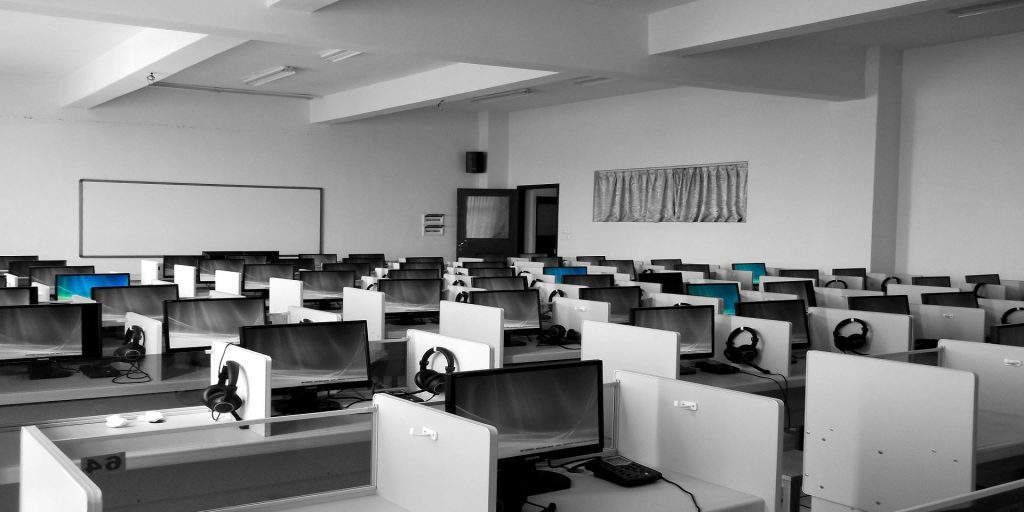The Great Workplace Experiment brought about by the Covid-19 outbreak continues apace. While many of the things we have learned about working from home en-masse will have a dramatic impact on the way we use office space in the future, adapting the words of Mark Twain, rumours about the death of the office are greatly exaggerated.
Even before Covid-19 reshaped 2020, tectonic shifts in the office were already underway. The last 10 years have seen a significant shift to open plan, agile working, digitisation and “densification” of office space. Co-working introduced a range of flexible solutions for new and established businesses, new technologies emerged to better monitor building performance, efficiency and “wellness” and new types of collaboration spaces were created. Covid-19 has accelerated most of these trends although it may throw “densification” into reverse and require companies to rethink their approach to open plan and agile working.
As restrictions are being lifted and markets re-open, many businesses are going through the process of reoccupying their office space. The reoccupation process needs to take account of immediate priorities which make it safe for people to return to the office. These include staff rostering to facilitate social distancing, access control, improved hygiene regimes, PPE, managing traffic flows, monitoring wellness and potential contact tracing.
Forward-looking businesses have an eye on the horizon beyond the immediate priorities of re-occupancy. They are starting to think about how to maximise the value of their office space and ensure it contributes to employee experiences which deliver better business outcomes. Trying to work out how much space a business will need in the “new normal” and how that space should be configured is particularly challenging when we don’t yet have clarity on what the “new normal” looks like. However, despite the uncertainty, given the time lags involved in dealing with office space, that planning around future space requirements needs to start sooner rather than later.
An important input will be businesses understanding how frequently their people would like to be in the office and the type of environment they would find most productive. Clearly there may need to be some give and take if the business and its staff are not aligned, although we anticipate that much of the employer resistance to flexible working arrangements will have diminished in light of recent experience.
However, it is important to recognise the office is not just a place where work tasks are performed. The office plays an essential role in building collaboration, culture, creativity and networks. Most of this connecting happens spontaneously through people working together on shared challenges. Culture in particular is heavily shaped by what leaders do when they are not in the spotlight – for example whether leaders stop and talk to their people on the way to their workspace in the morning. By definition, this cannot be recreated on a video conference where the spotlight is always on and everything needs to happen by appointment. Shared office space is often the catalyst to creating the informal networks which make people feel connected to the organisation. How does someone ambitious for a promotion get exposure further up the management line in a working from home environment? How do you get the real feedback on who is good to work with and new opportunities without those casual interactions around the coffee machine or watercooler?
One of the reasons that organizations have been able to transition so effectively to working from home during Covid-19 is that they already had strong internal relationships and an established culture which kept people together. Companies need to continue this in order to thrive in the post Covid environment where we may see local lockdowns implemented from time to time. A company with internal relationships and a culture weakened by a lack of connectivity may struggle to be as effective in future lockdowns.
There is no doubt that there will be more working from home under flexible arrangements and that the office of the future will be very different from the 2010s model – more collaboration spaces, different types of work formats, less dense office layouts, better communications architecture, a stronger reliance on contactless technology and thorough monitoring of environmental systems etc. However, despite these changes, the office will still play a central role in building collaboration and creativity as well as the organisational culture and networks on which successful businesses thrive.

Author:
Kevin Coppel, Managing Director Asia Pacific, Knight Frank

